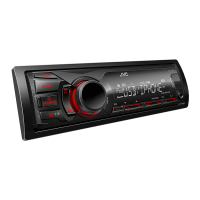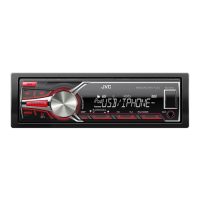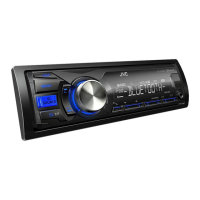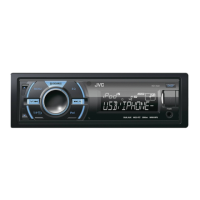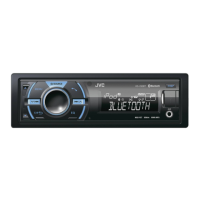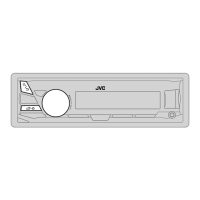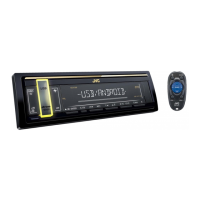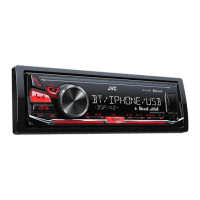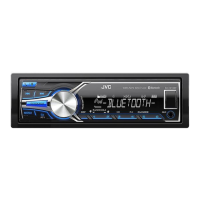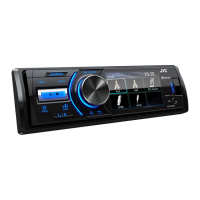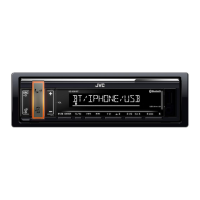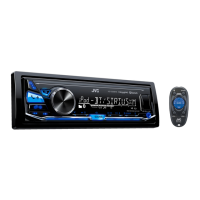JVC
KD-X200
DIGITAL
MEDIA
RECEIVER
INSTRUCTION
MANUAL
RECEPTOR
DE
MEDIOS
DIGIT
ALES
MANUAL
DE INSTRUCCIONES
RECEPTEUR
MULTIMEDIA
NUMERIQUE
MANUEL D'INSTRUCTIONS
JVC KENWOOD
Corporation
Made for
works with
~
iPod
0
iPhone
PANDORA
Please
read all instructions carefully before operation
to
obtain the best
possible performance from
the
unit.
Por favor
lea
detenidamente este manual para comprender a
fondo
todas
las
instrucciones y obtener un maximo disfrute de
esta
unidad.
Veuillez lires
les
instructions attentivement avant d'utiliser l'appareil afin
d'obtenir
les
meilleures performances possibles de l'appareil.
For
Customer
Use:
Enter below
the
Model No. and Serial
No.
which
are
located on the
top
or
bottom
of
the cabinet. Retain this information for future reference.
Model No.
Serial No.
ENGLISH
ESPANOL
FRAN(AIS
r-
\
GET0878-001 B
[J]
